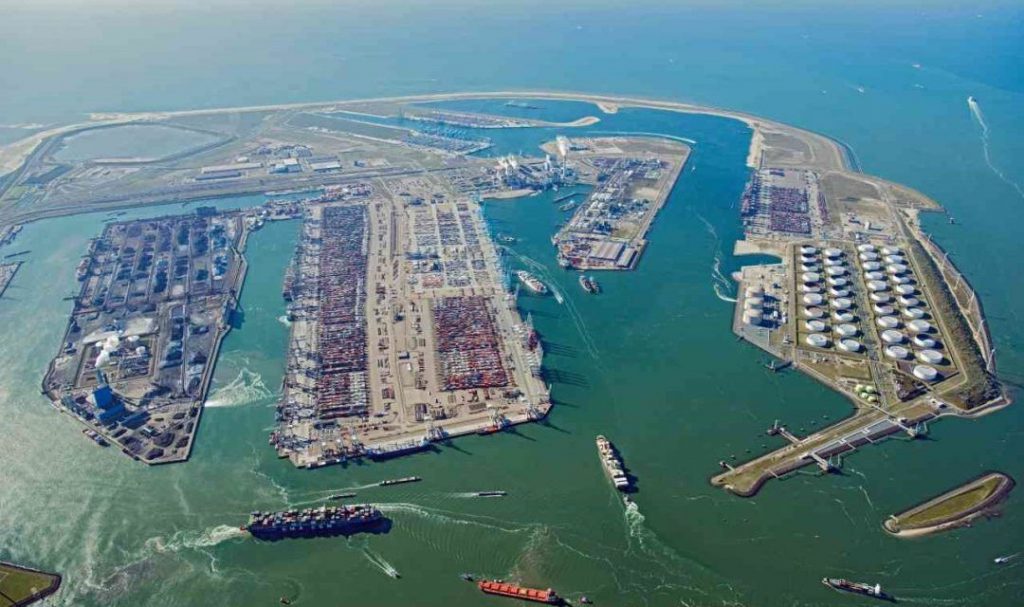Sea ports are maritime facilities that can comprise one or more wharves where ships can dock to load and discharge cargo and passengers.
The question has changed over time as maritime operations have improved and stakeholders’ needs have altered.
Today, a sea port serves different functions to what they did several decades. Seismic changes, such as the growth of China as a manufacturing giant, have substantially changed the industry.
But the biggest difference is the role that sea ports now play in the wider global economy. Time was that a sea port would simply be a place to unload or load goods from a vessel.
Today, sea ports are central to any manufacturer’s supply chain plan and are ranked based on a number of aspects. These could be the amount of automation equipment they possess, the skill of their workforce, its access to key markets and the depth of its berth.
Increasingly, data and the ability of a sea port to process and share it among stakeholders is what supply chain companies are looking for. This then raises a further set of questions, such as ‘what is a smart port?’
Although frequently located on a sea coast or estuary, some ports can be situated miles inland, with access to the sea via river or canal.
If a port is located on a lake, river, or canal that goes to a sea or ocean, that port can be defined an inland port. Ports can also be called a harbour or harbor.
Asia is the continent with some of the world’s largest and busiest ports, such as Singapore, Shanghai and Ningbo-Zhoushan.
In Northern Europe the five busiest ports are:
- Ports of Rotterdam, the Netherlands.
- Ports of Antwerp, Belgium.
- Ports of Hamburg, Germany.
- Ports of Bremen-Bremerhaven, Germany.
- Ports of Felixstowe, UK.
Courtesy: Port Technology























